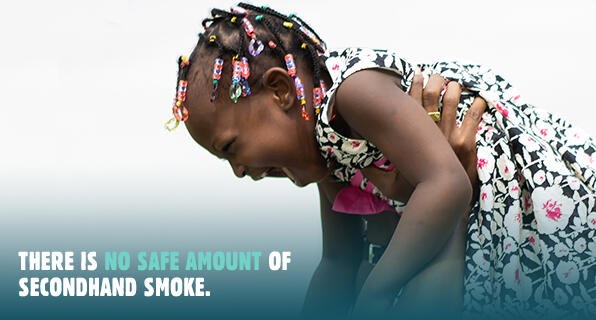
Secondhand smoke comes from burning tobacco products, like cigarettes, cigars, hookahs or pipes. It’s also what’s exhaled, or breathed out, by the person smoking.
Cigarette and cigarillo (like a cigarette but rolled with brown paper) smoke contains over 7,000 chemicals, hundreds of which are toxic and about 70 that can directly cause cancer.
Secondhand emissions from e-cigarettes contain cancer-causing heavy metals like nickel, tin, arsenic and lead.
Thirdhand smoke, which is the pollutants left on furniture, clothes, walls in a room or car after someone smokes or vapes, is harmful too.




